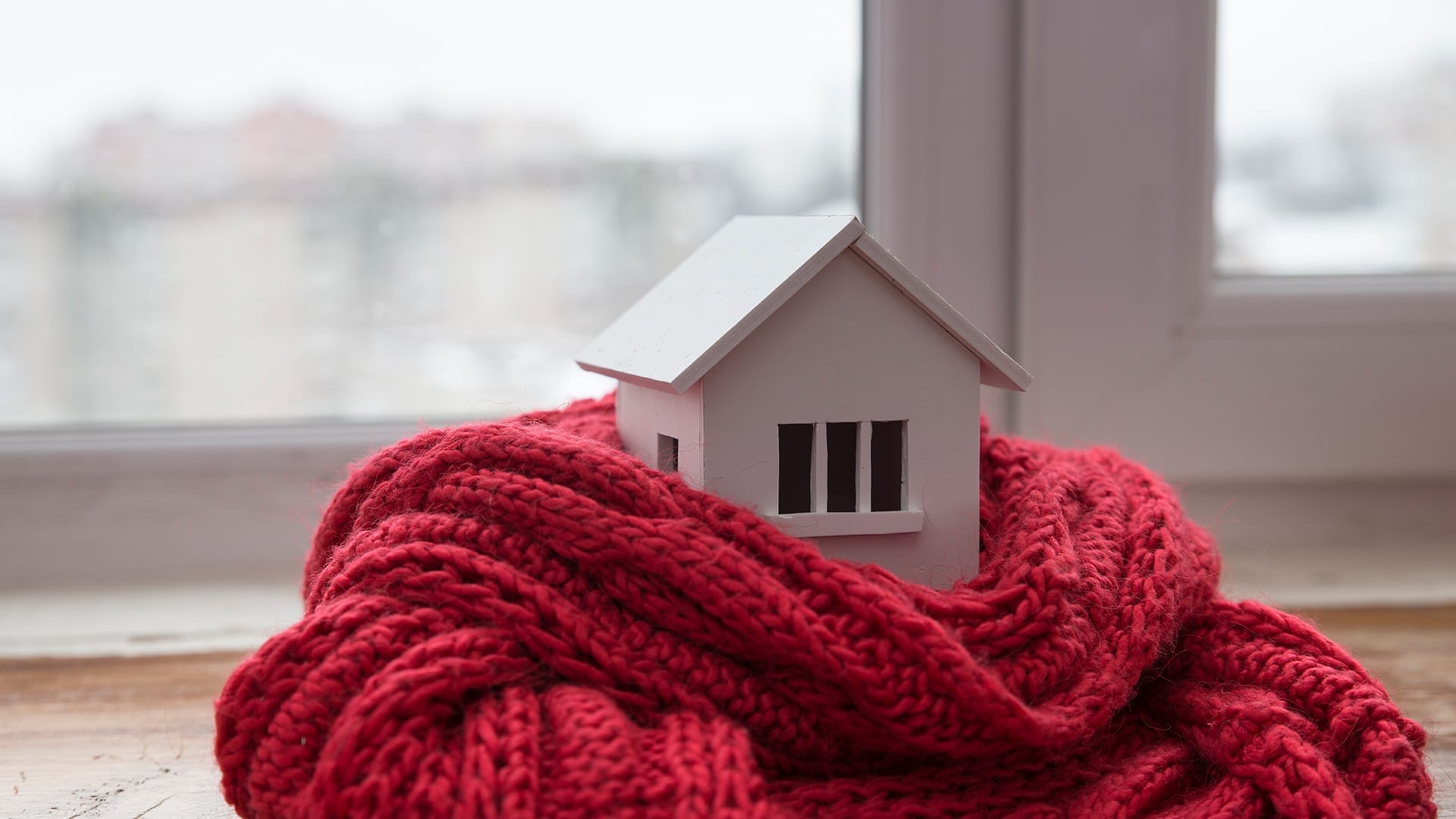
Heritage Insurance – Moose Jaw, SK
1. Prepare your hearth for fire: Before getting chestnuts ready for the roasting, get your fireplace set for the fire. Grab a flashlight and look inside for build-up, bird’s nests or obvious cracks. From the outside, check for broken bricks and crumbling mortar. Ensure that your damper opens and closes and seals tightly. Clean out the ashes and remember that in addition to these steps, you should have your chimney professionally cleaned every other year (more often if you burn a lot of fires). Stock up on wood and kindling, and you’re ready for a comfy, cozy season by the fire.
2. Seal the windows: Seal drafty windows to keep heat in and energy bills low with one (or both) of these two simple tasks. First, caulk the cracks. Sold in temporary or permanent form, caulking is inexpensive and easy to apply. Second, cover your windows in a thin plastic film (available at any hardware store) and tape it down with waterproof double-sided tape, heating the edges with a hair dryer and pressing the protective layer into place. When it gets warmer outside, simply peel the film off, open the window, and let the sunshine in.
3. Clear out the gutters: Clogged gutters block the drainage of rain and melting snow, resulting in household leaks and damage to landscape and foundation. As fall sheds its last leaves, grab a ladder, a garbage bag, some rubber gloves and dig in. Remove everything, from twigs to leaves to caked-on dirt. Check that the downpipes are clear of obstruction and then ensure the entire system is un-clogged and leak-free by running water through it.
4. Prepare for winter storm: Don’t let a blizzard take you by storm―always have a fully stocked emergency kit at hand. Include batteries, a flashlight, candles, matches and a lighter; warm clothes and blankets; a battery-powered radio; non-perishable food items and water (two litres per adult per day); a first-aid kit and specialty products like medicine, baby formula and pet food (if necessary). Store at least three days’ worth of supplies for everyone in your household.
5. Don’t forget about heating maintenance: Is your heating system ready to weather the winter? Have a professional check your heating system and ensure it’s in good working order before you turn it on. Schedule checks for your furnace, venting system and chimney. Don’t forget to replace the batteries on smoke and carbon monoxide detectors, in case any of your heating systems are overworking.
6. Pad your pipes: A small frozen pipe can cause big household damage if it bursts, so pad your pipes to prevent floods. Grab some tubular pipe insulation sleeves from your local hardware store and set to task covering exposed pipes in unheated areas, such as a basement, attic, crawl space or cabinet. The pipe sleeves are easy to apply and can be cut to fit. Cover all exposed parts, including bends and joints. Finally, seal the seams with duct tape. With that simple task, you’re not only preventing considerable water damage, but also conserving energy.
7. Clean out your garage: Like your traditional spring cleaning, consider scheduling a traditional ‘fall cleaning’ of your garage. Organize the remains of your summer projects and clean and store gardening tools. Like a seasonal turning of your closet, push what you won’t be needing the lawnmower, hedge trimmer, rakes and summer toys to the back and bring any winter necessities shovels, snow blowers, skis and sleds to the front. Set out salt and gravel containers, and you’ll thank yourself the first time the ice hits.

